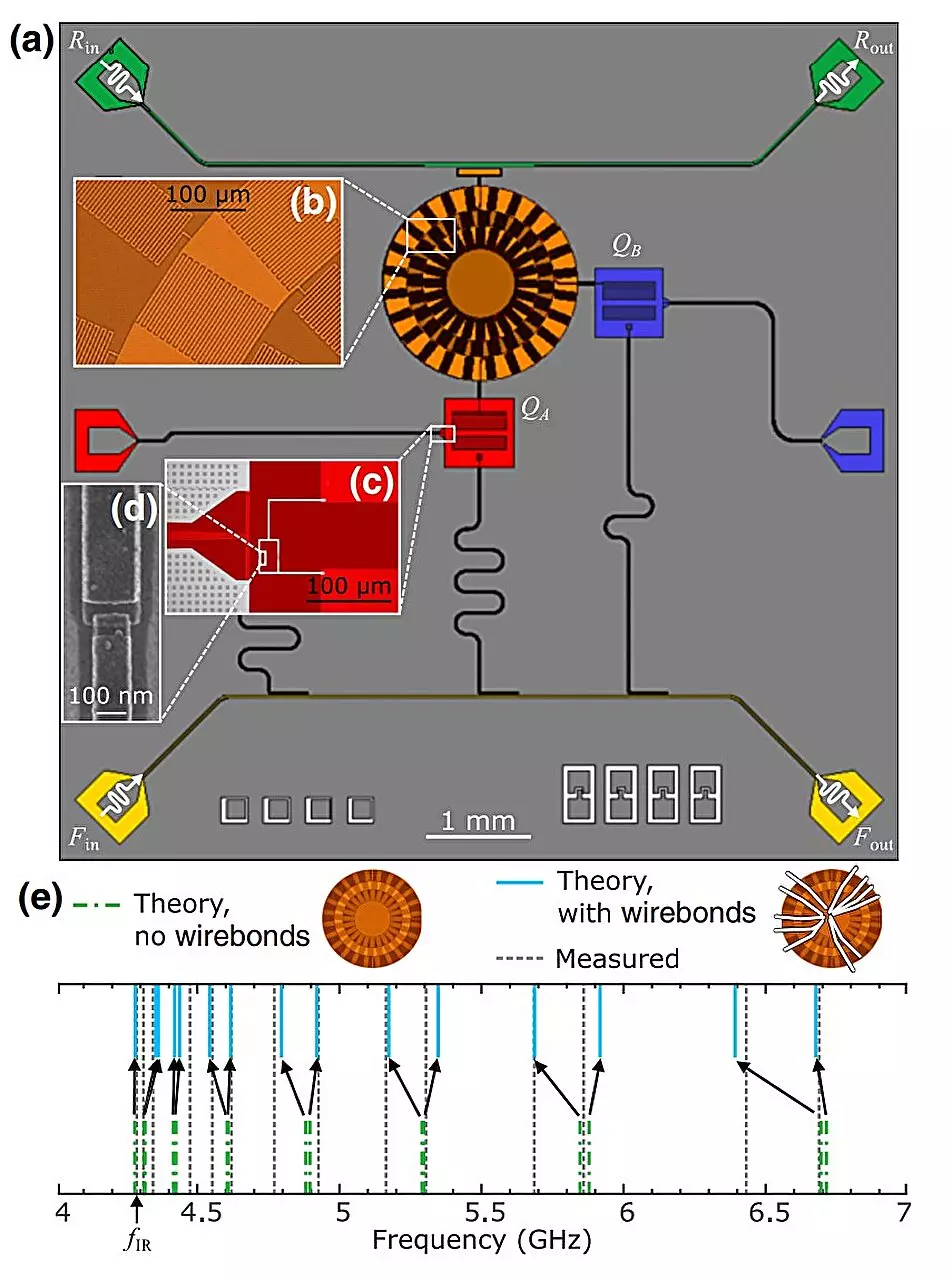As the quest for a fault-tolerant quantum processor continues, the importance of harnessing qubits for entanglement becomes ever more apparent. Among various platforms, superconducting qubits have emerged as promising candidates for quantum information processing. However, scaling this technology to create a full-scale quantum computer presents enormous challenges, primarily due to the intricacies of qubit interconnection and error management. Classical approaches, which essentially restrict coupling to nearest neighbors, necessitate an untenable number of couplers to connect multiple qubits. With 100 qubits requiring an astronomical number of connections, it is evident that traditional methods cannot support the ambitious vision of million-qubit systems, particularly in maintaining manageable physical footprints and coherent operations.
The inherent demand for vast cabling infrastructure to control individual qubits further complicates the feasibility of constructing scalable quantum systems. For example, imagine attempting to orchestrate 1,000 qubits, where the need for numerous separate cables corresponds to an impractical volume that could overwhelm existing laboratory environments. Addressing these limitations is crucial for advancing quantum technology, as more efficient and scalable coupling solutions are not merely desirable but essential for the future of quantum computing.
Innovative Solutions on the Horizon
In response to these challenges, a dedicated team of theoretical physicists, under the leadership of Mohd Ansari at FZJ, collaborated with the experimental expertise of Britton Plourde from Syracuse University. Their groundbreaking work revolves around the introduction of a multimode coupler, which represents a significant leap forward in the quest for tunable coupling strength among qubits. This innovative approach exploits a shared coupler crafted in the form of a ring, constituted from a metamaterial transmission line, to achieve remarkably effective results.
The design and functionality of this multimode coupler are striking. It generates a dense frequency spectrum of standing-wave resonances that align closely with the critical transition frequencies of the qubits. This left-handed ring resonator, featuring 24 inductively grounded and capacitively coupled cells, demonstrates a rich array of modes, which begins at a minimum cutoff frequency and branches out more at higher frequencies. This coupling technique stands in stark contrast to conventional systems, as it allows a calculable relationship where the increase in frequency directly correlates with wavelength, thus offering an unusual mechanic that redefines expectations in quantum coupling.
Redefining Interaction Dynamics
The implications of this innovative coupling mechanism are profound. Superconducting qubits, positioned strategically at the 3 and 6 o’clock points on the ring resonator, depend on the strength of the standing-wave amplitude for interactions. This design not only initiates coupling but progresses toward creating intricate transverse exchange interactions, whereby the strength is determined by how each qubit tunes to the various modes. Excitingly, these interactions are not always straightforward; they can oscillate between positive and negative feedback, thereby offering researchers a wider berth of operational dynamics.
Moreover, the coupling extends beyond immediate interactions, incorporating higher excited states of the qubits and inducing higher-order ZZ interactions. These interactions exemplify an evolving landscape ripe for research, as their dependency on qubit detuning adds layers of complexity that can be fine-tuned to navigate different energy scales. This adaptability means that entangling energy levels can switch from high intensity down to negligible values, allowing unprecedented control over qubit interactions.
This revelation is not just an incremental advancement; it opens up new pathways toward significantly enhancing the scope of control over entangled states across multiple qubits. The potential to expand this mechanism beyond two qubits suggests a remarkable scalability factor for managing entanglement in extensive qubit arrays, representing a thrilling horizon in quantum technology.
As researchers continue to explore and refine these multimode couplers, the prospects for more coherent, expansive, and efficient quantum computing systems become increasingly tangible. The implications for industries ranging from cryptography to drug discovery could be revolutionary, ushering in an era where quantum processes are seamlessly integrated into computational tasks, fundamentally shifting our approach to problem-solving and data analysis. The world of quantum mechanics is continuously evolving, and with innovations like these, it is inching closer to realizing its untapped potential.


Leave a Reply